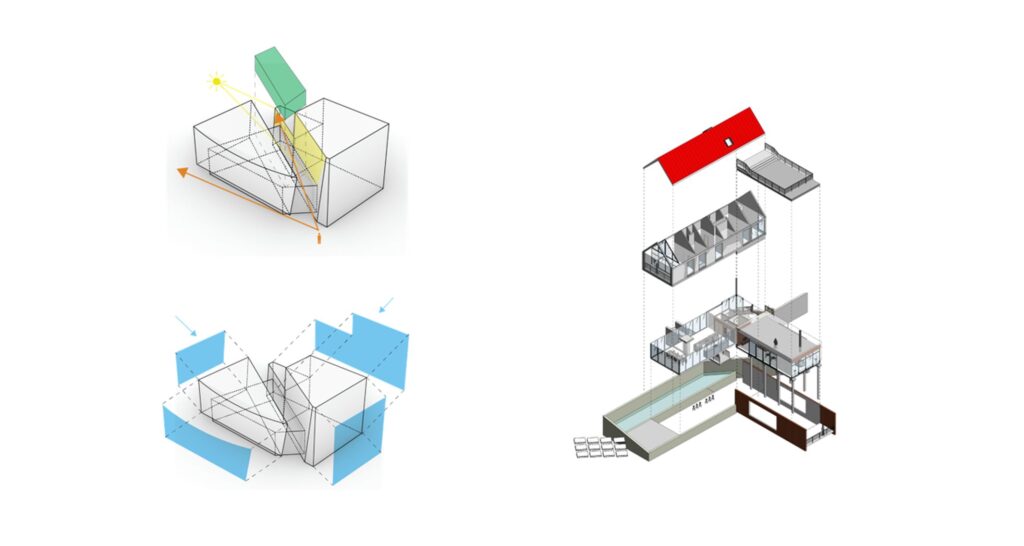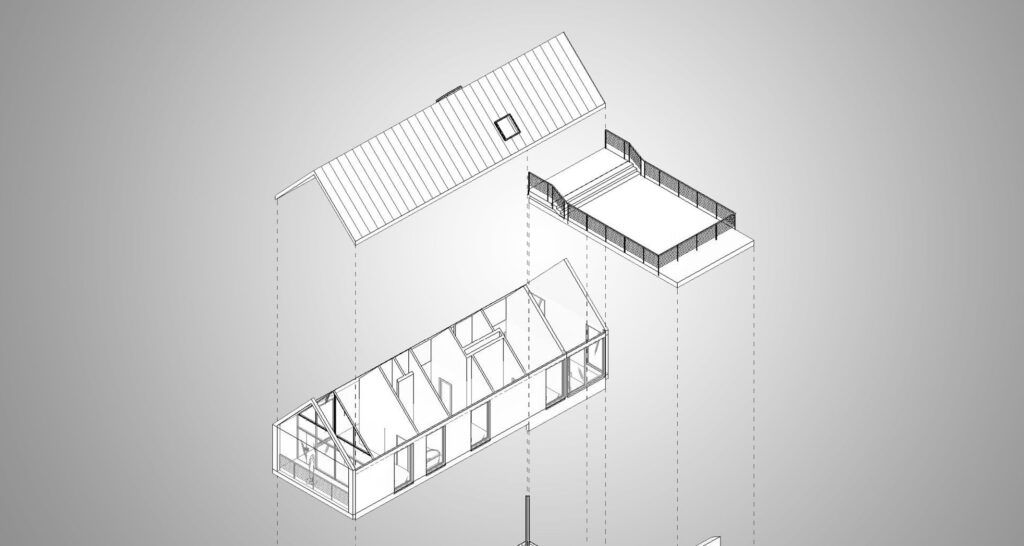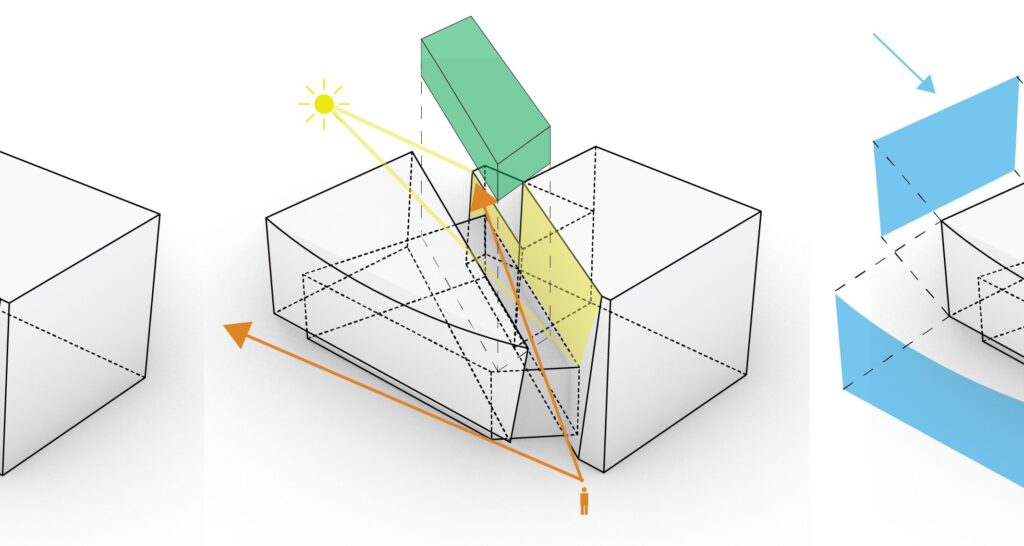How Diagrams Can Help Communicate Your Project
If you’re like the majority of architects, Architectural diagrams may be the missing element to your design workflow. Diagrams are the key beyond great graphics and design that can really take your projects to the next level, but they work exactly the opposite of how typical Architectural drawings and graphics work. Each level higher in the Architecture process takes you into more exclusive information and understandings, that may be a foreign language to clients and stakeholders. To keep the communication flowing throughout the design process, it’s good to take a step back and add a diagramming strategy to your workflow. In this article, I will detail how to add a diagramming workflow to your projects.
- Index Your Stakeholder Values
Every design project has key stakeholders whose understandings and values need to be integrated into the project. This is especially important when contemplating innovative design solution like parametric or emerging technology in materials or systems. The base three stakeholders of owner, contractor and engineers of course is where you start. However, for owner boards, subcontractors, and advanced manufacturers and engineering specialists that may be on the board, you should always have a more streamlined set of values that communicate your project. Gone are the days of simply satisfying one client, as energy needs, site constraints and new sustainable regulation can both bring challenges and opportunities. Simply indexing stakeholders is key, and crafting a communications strategy is next throughout the project phases, so no one is left behind and the project can move forward. - Maintain A Concept Project
Designers are good at crafting complexity into a project, but adhering a simple line of ideas is equally important. Whether it’s adding a sustainable frame work, an intricate programming mix, or a view matrix for the site, concept projects are ways to make sure these ideas never get lost in space. The concept project is organized in simple sentences and possibly a few diagrams, that are based on how things relate. For instance, if there are several key views in you project, these should be kept in a list through each iteration of the design. This is related to a parti, only it builds on with each system and phase in your project. The point at which a system or detail gets over complex to describe, is a sign you need to add a diagram to your project and project document sets. - Regularly Simplify Your Drawings
Adding a new clerestory, implementing solar panels, or creating a basic set of pedestrian inflow to your entry are all ways that can quickly complicate understanding your designs. When you step back, especially towards the schematic design side of the project, and start simplification. You will both have a series of evergreen diagrams that can develop with the project, and help communicate key points simply while the project advances. - Keep A List Of Hard Concepts
Complex concepts are critical for project to handle complex challenges. However, to understand clients who may not get it, is key. Keeping the design team aware of concepts complexity, it will be easier to sell and influence important concepts and elements into the project. It’s challenging enough to understand and communicate building codes, when you have your own path to understanding harder concepts, you will have more loyal clients and students of your communications effort. - Keep Complexity In The Discussion
When you building time in each client and stakeholder meeting to find hard concepts, and present diagrammatic solutions, you are actually making your workflow more efficient. Instead of presenting difficult concepts and having to redraw or scrap ideas. This process of discussing complexity will provide opportunities for your design to have weight and foundation across the board. This diagramming workflow will pay off, as your collective progress in a project will even become a competitive advantage in the long run.
As you can see, diagramming is an important part of how Architects introduce and develop innovations and valuable project progress. Your rethinking the communication for your project keeps you connected with the client and stakeholders long term. If you or your team needs to develop diagrammatic skills, check below for a course to improve those skills and planning and compiling quality and clear architectural diagrams.



